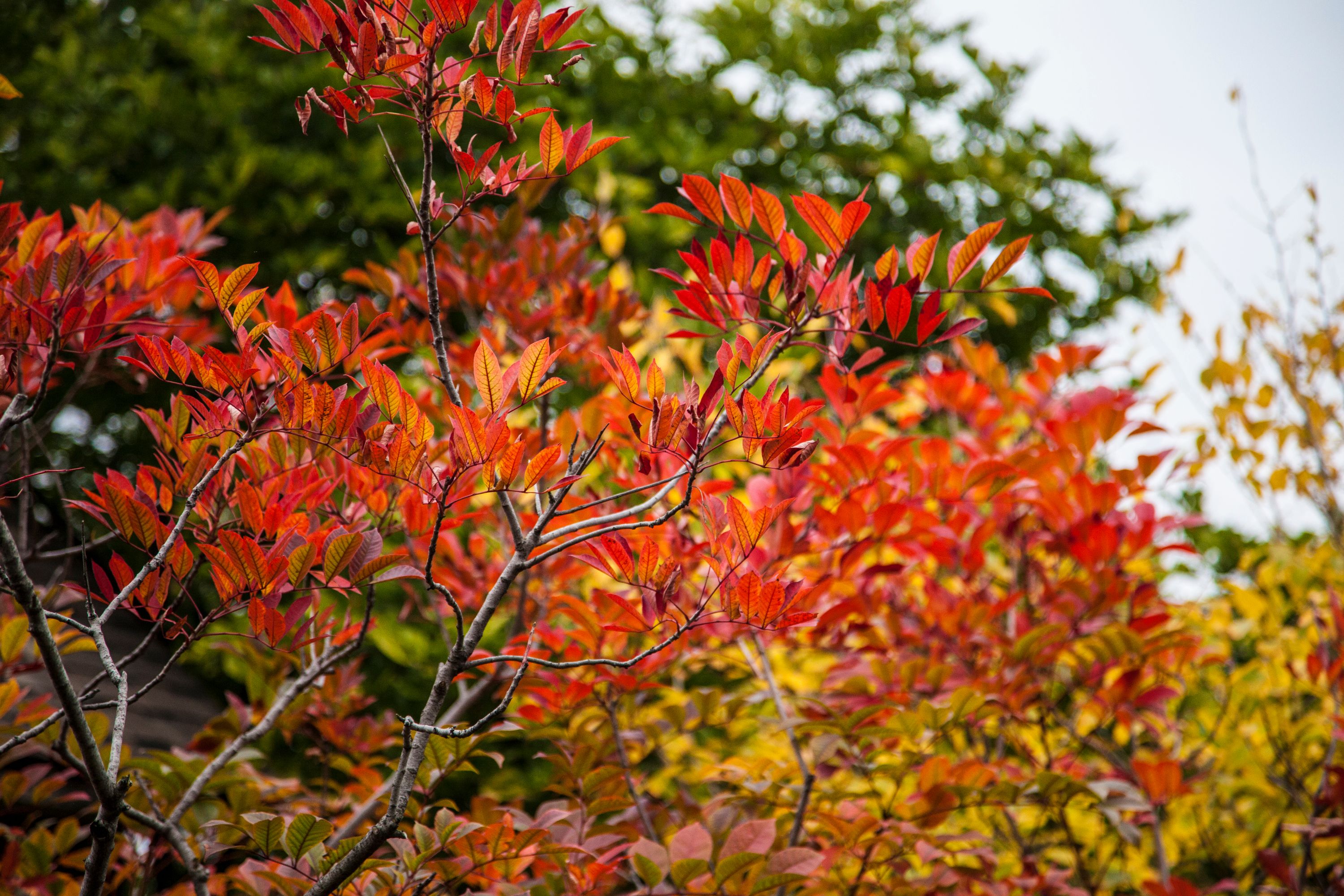Poison sumac
(Toxicodendron vernix)

Description
Toxicodendron vernix, commonly known as Poison Sumac, is a highly toxic plant species native to the eastern United States and Canada. Poison Sumac is a member of the Anacardiaceae family, which includes other notable plants such as Poison Ivy and Mangoes. This plant species is widely regarded as one of the most dangerous and poisonous plants in North America. Description Poison Sumac is a deciduous shrub or small tree that can grow up to 20 feet in height. The plant has alternate, pinnately compound leaves that are between 7-13 inches long with 7-13 leaflets that are ovate-lanceolate in shape. The leaflets have a smooth texture, a glossy surface, and a bright green color. The leaves of Poison Sumac are highly toxic and contain a resinous oil called urushiol, which is responsible for the plant's toxic properties. Poison Sumac produces small, greenish-yellow flowers that are arranged in loose clusters that are between 2-8 inches long. The flowers appear in late spring or early summer and are followed by small, ivory-colored berries that ripen in the fall. The berries are highly toxic and should not be ingested. Distribution Poison Sumac is native to the eastern United States and Canada, where it is found primarily in wetlands and other moist areas. The plant is most common in the southeastern United States, where it is found in states such as Florida, Georgia, and Alabama. Poison Sumac is also found in parts of Canada, including Ontario and Quebec. Toxicity Poison Sumac is one of the most toxic plants in North America. The plant's leaves, stems, and berries contain urushiol, which is a resinous oil that can cause severe skin irritation, blistering, and rash in humans. Urushiol is also toxic when ingested and can cause severe gastrointestinal distress, including vomiting and diarrhea. The toxic effects of Poison Sumac can last for several weeks and can be extremely painful and uncomfortable. In severe cases, the plant's toxic properties can cause anaphylaxis, a severe allergic reaction that can be life-threatening. Treatment If you come into contact with Poison Sumac, it is essential to wash the affected area thoroughly with soap and water as soon as possible. This will help to remove any urushiol oil that may be on your skin and reduce the risk of developing a rash or blistering. If you do develop a rash or blistering from Poison Sumac, it is essential to avoid scratching the affected area. Scratching can spread the urushiol oil and make the rash worse. Instead, you should use over-the-counter remedies such as calamine lotion, hydrocortisone cream, or oatmeal baths to soothe the affected area. In severe cases, you may need to seek medical attention. Your doctor may prescribe prescription-strength corticosteroids or antihistamines to help reduce inflammation and itching. Prevention Preventing contact with Poison Sumac is the best way to avoid the plant's toxic effects. If you are hiking or working outdoors, it is essential to wear protective clothing, such as long-sleeved shirts and pants, to minimize skin exposure. You should also avoid touching any part of the plant, including the leaves, stems, and berries. If you do come into contact with Poison Sumac, be sure to wash the affected area thoroughly with soap and water as soon as possible. In areas where Poison Sumac is common, it is also important to educate yourself and others about the plant's toxic properties. This can help to prevent accidental exposure and reduce the risk of developing a severe allergic reaction.
Taxonomic tree:







